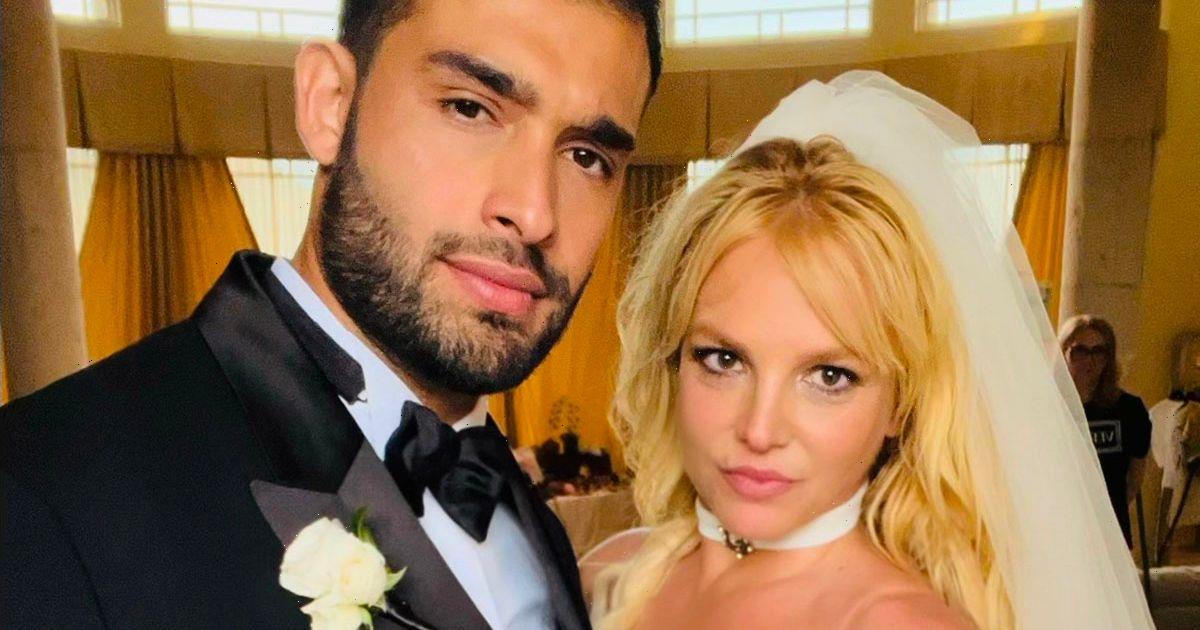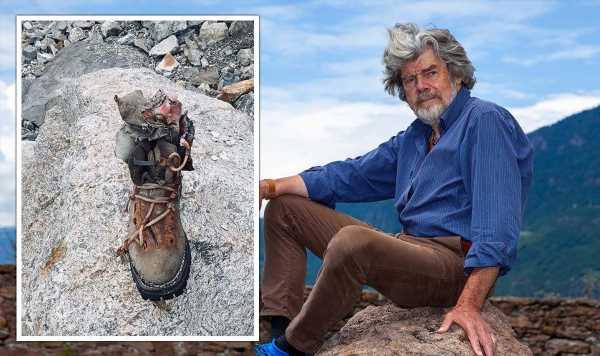WASHINGTON – The first of eight hearings held by the House committee investigating the Jan. 6 Capitol riot evoked murmurs and sometimes tears from its audience, which included several officers who survived the attack and the wives of officers who didn’t.
In his opening remarks, Rep. Bennie Thompson, D-Miss., provided the committee’s grim thesis directly: “It boils down to this: January 6 was the culmination of an attempted coup.”
Rep. Liz Cheney, R-Wyo., described the buildup to the Capitol riot in a series of frank remarks and supportingvideo and audio interviews, whichshe said will be expounded uponin future hearings.
Gripping testimony from Capitol Police Officer Caroline Edwards, who suffered a traumatic brain injury after the mob broke through a fence of bicycle racks outside the Capitol and shoved her to the ground, marked the hearing’s close.
Often stifled by emotion, Edwards recalled navigating a “war zone” that day, slipping on the blood of fellow officers and catching officers as they fell while the rioters stormed the Capitol.
“I can’t even describe what I saw,” she said.
Hearing recap: Jan. 6 committee says probe shows Trump led and directed effort to overturn 2020 election
Thompson describes ‘sprawling, multi-step conspiracy’
The House panel solemnly filed into the hearing room shortly after 8 p.m. EST, taking their seats in silence as the hearing started.
The events of Jan. 6 were a “sprawling, multi-step conspiracy” meant to subvert a democratic election, Thompson said, adding that former President Donald Trump sought to “(throw) out the votes of millions of Americans – your vote, your voice in our democracy – and (replace) the will of the American people with his will to remain in power.”
The room remained mostly quiet throughout the hearing, the crowd engaged, aside from reporters’ rapid typing on computers during moments of new information. The committee leaders spoke off a teleprompter, which drew ire from social media users and House Republicans alike.
Cheney, stern and deliberate, described at length former Trump’s involvement in the attack. She said Trump was aware of his supporters’ calls to hang Mike Pence, she said, and at one point suggested they might not be wrong, offering that “Mike Pence deserves it.” The comment gave rise to murmurs throughout the hearing room.
In the final remarks of her opening statement, Cheney asked all Americans to remember the hearings’ gravity and directly addressed the members of her party who have chosen to look the other way on the events of Jan. 6 and the efforts that led to it.
“Tonight, I say this to my Republican colleagues who are defending the indefensible,” she said. “There will come a day when Donald Trump is gone, but your dishonor will remain.”
What we don’t know about Jan. 6: What Trump’s family told the committee, whether attack was organized
Survivors relive attack during video
The room’s mood abruptly shifted when a video chronicling the events of Jan. 6, 2021, played. Many shifted in their seats, visibly on edge, and the eyes of all audience members and committee members stayed glued to the overhead screen.
The video showed emboldened protesters chanting “U.S.A., U.S.A.” as they marched from Trump’s speech near the White House to the Capitol, toting American flags and Trump banners. Rioters berated and battered police officers as they charged into the Capitol complex.
A number of officers who fended off the mob on Jan. 6 were seated behind where witnesses testified, including Capitol Police Officer Harry Dunn, D.C. Metropolitan Police Officer Daniel Hodges, Capitol PoliceSgt. Aquilino Gonell, and D.C. Metropolitan Police Officer Michael Fanone.
Dunn, who on Jan. 6 helped resistrioters and flushed the pepper spray from fellow officers’ eyes, wore a T-shirt showing definitions of “insurrection” – one being “January 6, 2021.” He said a friend made the shirt.
The widows of officers who died in the aftermath of Jan. 6 – Erin Smith, Serena Liebengood and Sandra Garza – were seated with them.
As the video played of the violence unfolding on Jan. 6., Dunn stretched his arm out around Liebengood and Garza. Liebengood and Garza pulled out tissues and wiped away tears whilewatching the video – their husbands, Howie Liebengood and Brian Sicknick, died in the aftermath of the riot, one by suicide and one after suffering two strokes.
Many of the reporters covering the hearing inside the Cannon Caucus Room were also in the Capitol on Jan. 6. About 20 members of Congress also attended the hearing. Among them were Reps. Pramila Jayapal, D-Wash., and Susan Wild, D-Pa., who were in the House chamber when the rioters tried to breach it.
Jan. 6 in pictures: Seven startling images from the Jan. 6 attack on the U.S. Capitol
‘It was carnage’
Two people gave testimony: British documentarian Nick Quested and Edwards. While Quested, a journalist, mainly stuck to the details he observed and recorded, Edwards gave testimony about her role defending the Capitol.
Edwards described the Capitol grounds as a war scene, the ground scattered with officers bleeding and throwing up .
“I saw friends with blood all over their faces, I was slipping in people’s blood, I was catching people as they fell,” she said. “It was carnage. It was chaos. I can’t even describe what I saw.”
Officer Sicknick: US Capitol Officer Brian Sicknick died of strokes the day after riot, medical examiner rules
In particular, Edwards recalled spotting Sicknick with his head in hands, describing him as pale as the sheet of paper she held in her hands. Before she could help, she was sprayed with tear gas and taken by another officer to be decontaminated, she said.
Garza, Sicknick’s longtime partner, sat behind Edwards during the testimony.
“That was probably the most painful part of this entire thing,” Garza told USA TODAY about Edwards’ retelling.
Garza said that although she had spoken with Edwards before, her testimony and the committee’s video was “very hard” to relive.
“I would say I kind of did lose it a little bit when they started showing the footage initially … because it was like it immediately transported me back to that day,” she said. “It was like a flood of memories came back. It was very painful.
“It’s just a horrible thing and it stays with you forever.”
Dunn also described the pain of reliving the insurrection during the hearing to reporters.
“It was very emotional to come back to that day, and just seeing the pain that everybody else is feeling. It’s palpable. And I just felt it, and it’s rough,” Dunn said. “We had to protect these people regardless of what they did. It’s part of our job to not take any sides.”
Hearing takeaways: A ‘sophisticated’ 7-part plan. ‘Slipping in people’s blood’: Details from the prime-time Jan. 6 hearing
Gonell told reporters after the hearings that while the Capitol has increased mental health resources, “of course, you could always do more.”
“It’s a struggle,” he said. “Sometimes officers or people don’t want to talk about it and deal with certain things in their own way. So, I hope that we do get some recommendations regarding that.”
The hearing concluded with hugs throughout the room. Edwards embraced Garza, Fanone and other officers.
Public takes in hearing at DC watch event
At a nearby outdoor watch event, more than 200 people gathered to watch the hearing together at Taft Memorial and Carillon in Washington, D.C. The viewing, hosted by the progressive nonprofit group Public Citizen, remained quiet and focused throughout the hearing, many describing it as one of, if not the, most important hearing of the current today’s political moment.
“It seems almost like a soap opera, where I’ve paid attention around January 2021 and I feel like its been a couple of seasons,” said Zak Sabim, who works in marketing and came from Virginia to watch the hearing. “It’s like a show where I’m just getting caught up in it.”
Opinion: Jan. 6 committee conducted a serious investigation. This is no time for a partisan circus.
But despite their engagement, many of the viewers expressed worries that the hearings would not result in much change and could have political ramifications.
“It’s good we’re doing this,” said Monica Baston of Arlington, Virginia. “It probably won’t help the Democrats in the midterms, but it’s one of those things that needs to be done.”
This article originally appeared on USA TODAY: What it was like in the Capitol during January 6 attack hearings
Source: Read Full Article



